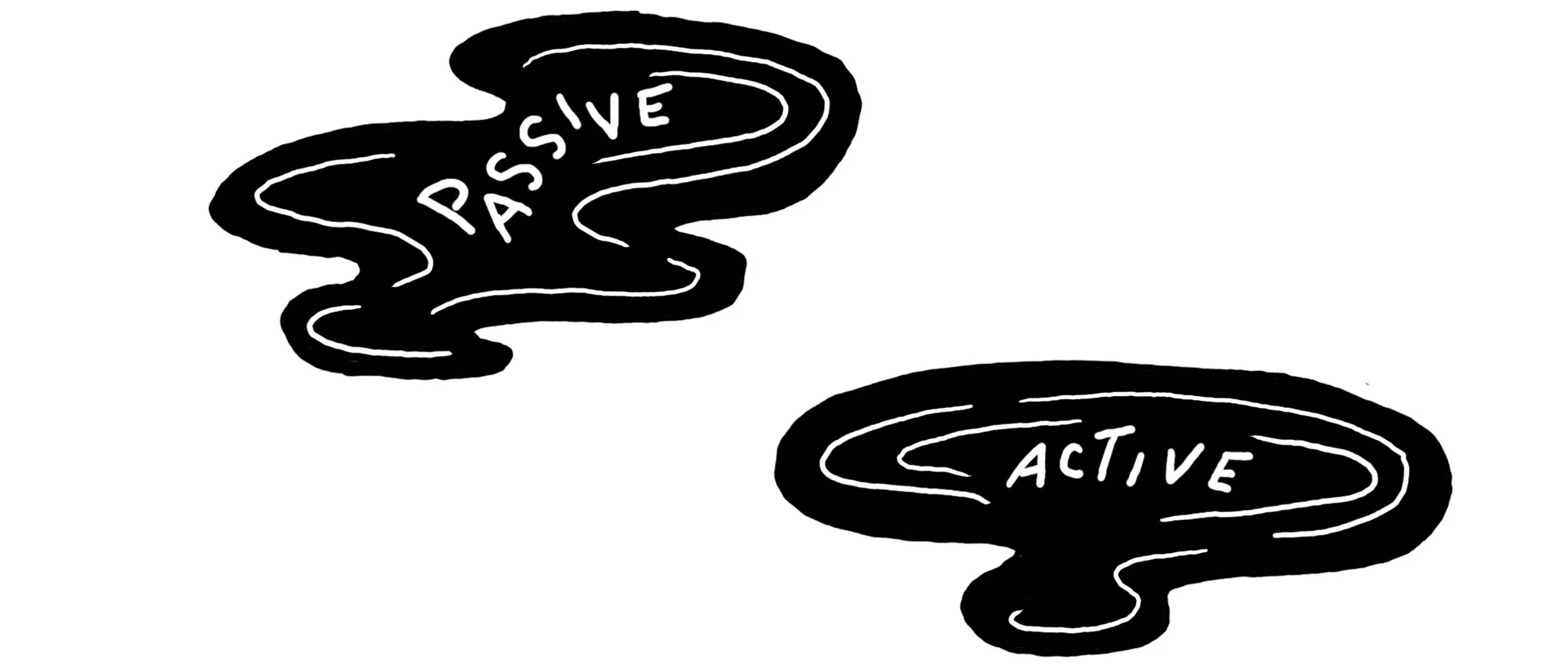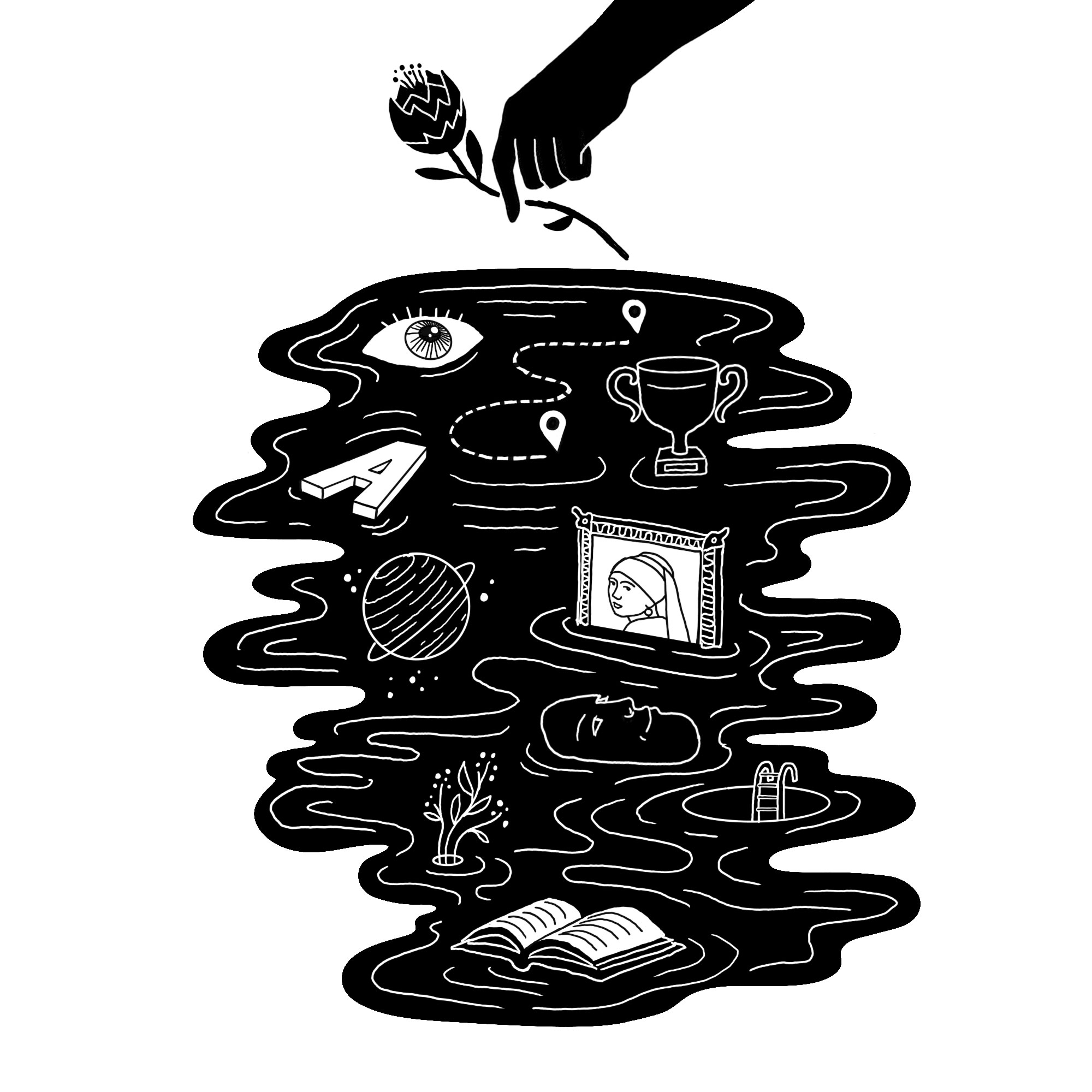When my kids were younger, the family shared a Spotify playlist filled with songs we all liked to listen to. If one of the kids wanted to add a song to the list, I sat down and listened to the song with them. I would ask them three questions: What is the song about? What is true in the song? What is false in the song? After we discussed it, they would decide if it was a “good” song that we should add to the playlist or one to skip.
You might be thinking, lame. I get it. And certainly, the exercise was met with a few groans. But out of that time came some wonderful discussions about wildly complex and nuanced ways of seeing the world.
These conversations weren’t about composition or melody or songwriting; instead, they were about how we see the world and what we allow to shape us. Ultimately, they were about helping my kids develop a healthy imagination.
What is imagination, and why does it matter?
At the heart of positive-impact work sits the ability to imagine, to use our mind’s eye to look out into the future and envision a new reality. What we see out there directly reflects how we believe the world is currently, contrasted with how it ought to be. When we imagine, we work to re-order the world and our response to it.1
Imagining is the antidote for the inevitably of institutional systems and structures, breaking us free from “the way things are.” We use our imaginative force to push a vision for something new through the tiny pinhole of reality with the hope that whatever comes out on the other side will make the world a better, more just place.
But why? What motivates us? Kant believed that the motivation for our actions is more important than the consequences of those actions. Martin Luther King, Jr. echoed this same idea some 200-odd years later, and poet-farmer Wendell Berry another 50 years after that. So to Kant, MLK, and Berry—and to us at FiveStone—our motivation matters because it shapes the direction of our imagination.
For example, what if your primary motive for building a new company or product offering was guilt? What kind of brand would you build? What kind of language and imagery and messaging would you use? What kind of organizational culture would come out of that?
At FiveStone, our primary motive is love: love for others, love for communities, love for this world and every thing and individual in it. The greeks called this agape love to distinguish it between familial, neighborly, or erotic love. And this type of love is filled with unconditional sacrifice.
Harvard Professor and author Dr. Cornel West says that “Justice is what love looks like in public.” So, as we push for justice through our work, we express our love for the world in a public way.
Justice is what love looks like in public.
Dr. Cornel West
Intentionally forming an imagination
We can think of our imagination as a storehouse (thanks, Aquinas) preserving information taken in from all our senses and experiences. When we imagine, we take all that stored information and use it to form new connections.
Because our imagination is a repository of what our mind collects, the collection process becomes important. We can passively fill up our metaphorical storehouse, letting it fill with no real intention. Or, we can actively curate how it fills and what it fills with.
The more you actively work to form your imagination, the healthier it will be, leading to a stronger imaginative force.2


Narratives that Lie vs. Teaching we Follow
Pervasive and seductive narratives surround us. We are born into some of these based on how our families and communities see the world. Others are part of what culture tells us. The more we buy into and accept the narratives around us without challenging them, the more we are shaped by them. When the narratives are built on lies, our imagination becomes corrupted by those lies.
An easy example is the idea of success, the narrative that material wealth, scale, and size are equal to greatness. Deep down, we all recognize that this isn’t true on some level. But when we listen to the podcast interview with a person worth millions, it’s easy to believe that they found legitimate success. What happens if we live our lives according to that narrative? How is our imagination shaped because of it?
Those cultural narratives don’t ever go away. But, we can counter them by following trusted teachers, people who we actively pay attention to and allow to shape us through their experiences, ideas, and beliefs. These teachers fill our imaginations with new ways of seeing old narratives and actively point us in new directions of thought.
These teachers are not necessarily “successful business people” but philosophers, artists, explorers, and industry experts that we follow through books, articles, interviews, and podcasts. And, it’s important to remember that—back to an earlier point—the motive (and yes, even character) of the teacher matters.
Images that Steal vs. Beauty we Chase
All around us—on the drive to the grocery store, the middle of a news article, the YouTube pre-roll, our Instagram feed—we find a constant barrage of images. We are in what motorcycle mechanic and philosopher Matthew Crawford calls a “crisis of attention.” These images steal our attention and point our imagination toward whatever they are selling: a product, a lifestyle, an image.
Recently, I came across another type of image. A fresco by the Renaissance painter, Masscio. The painting tells the biblical story of creation as Adam and Eve are expelled from the Garden of Eden. When I first saw this painting, something about the story drew me in. I wanted to chase after that feeling. Examine the feeling, question it, and spend time with it to see where it was leading my thoughts.
When we actively form our imagination, we look to counter the onslaught of images coming at us each day with glimpses of beauty. We actively pursue images and experiences and landscapes that point us toward something totally “other” than what we see in a subway ad.
Chasing after beauty is an inherently intentional and active process, and it takes all shapes and forms: it might mean a long walk on a summer morning with no distractions, or taking time to look up at the stars while pulling the trash to the end of the driveway, or a routine trip to the local gallery or museum, or carving out space for distraction-free interactions with friends and family.
Chasing after beauty is an inherently intentional and active process, and it takes all shapes and forms.
Activities that Control vs. Habits we Choose
In actively forming our imaginations, we look to build habits (or practices) that can shape our imaginations with intent. Author James Clear says that “[m]any people begin the process of changing their habits by focusing on what they want to achieve. This leads to outcome-based habits. The alternative is to build identity-based habits. With this approach, we start focusing on who we wish to become.”
So, what type of imagination do you want? Based on that answer, start creating habits that will get you there and make time in your daily routine to actively pursue those habits. This includes much of what we discussed above but also things like silence, rest, reflection, and journaling.
***
So much of what we do at FiveStone involves looking out there—beyond the current conversations—and finding something new. It’s hard to think about our work without thinking about the power of our imaginations to guide clients, shape conversations, and leave a positive mark on the world. In doing so, we hope to re-order the world, bending it towards something positive.
Out of love, we imagine. Out of our imagination, we create.
Roger Scruton, Modern Culture.
These ideas, including actively vs. passively forming your mind, were constructed by my experiences and thoughts from various “teachers,” primarily John Mark Comer, Dallas Willard, and James K.A. Smith.
The FiveStone team is now part of Whiteboard.
Since 2001, we have worked with some of the most courageous organizations on the planet. We've walked alongside these organizations by offering strategy, branding, and campaigns to bring about positive change in the world.
As we think about how we might continue to live out our mission—“amplifying positive impact”—over the years ahead, we are excited to announce that we are joining forces with Whiteboard.
Whiteboard is an award-winning creative agency and Certified B-Corp. Like FiveStone, they believe in the power of Design to make the world a better place. It is clear to us that by bringing together the power of our strategic focus with their strong digital offering, we can truly build—as Whiteboard says—”the world that ought to be.”
We are thrilled to join Whiteboard and cannot wait to bring Whiteboard’s full suite of services and offerings to all our partners.
See more about Whiteboard here or visit the archived FiveStone site here.
